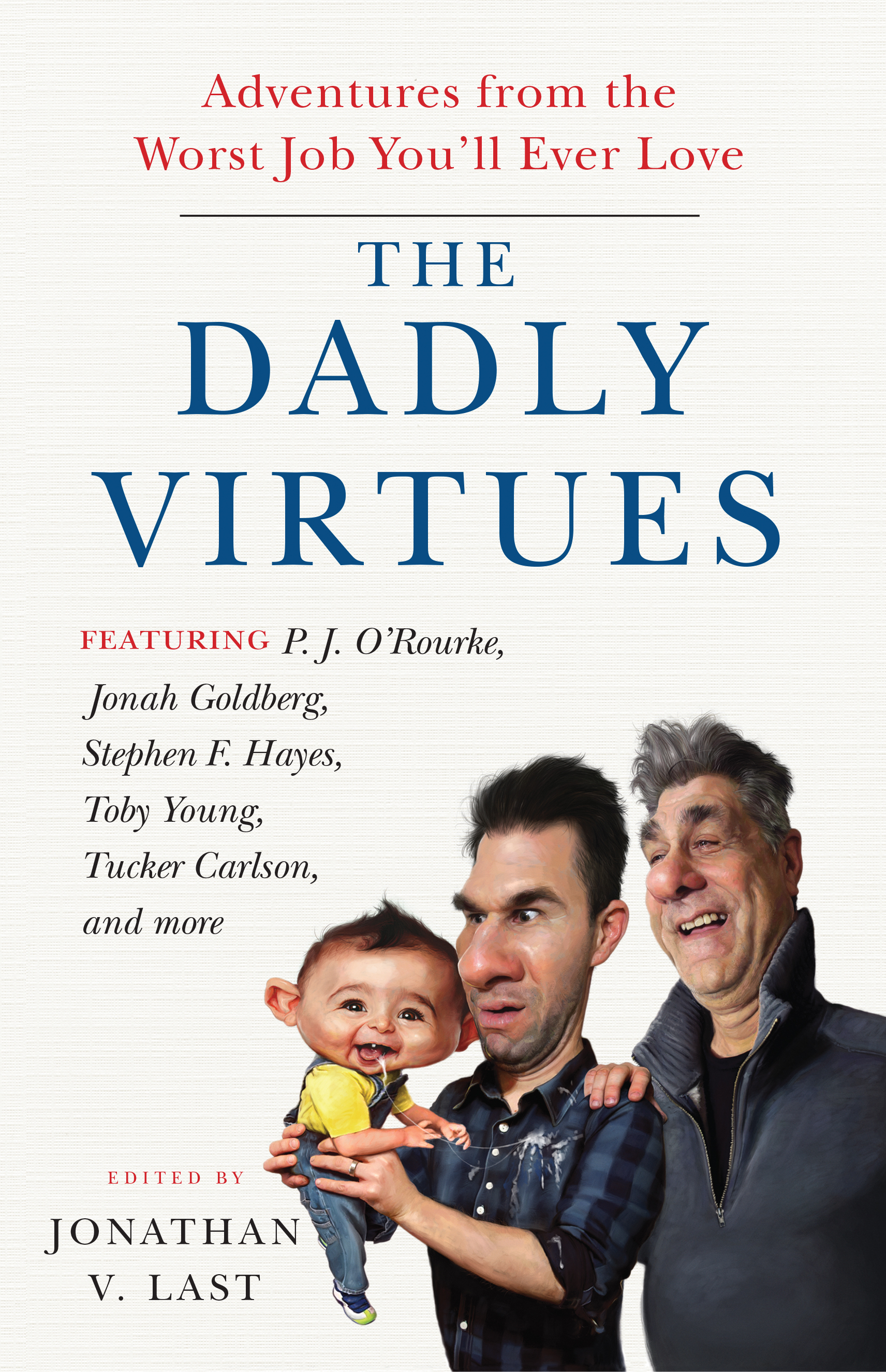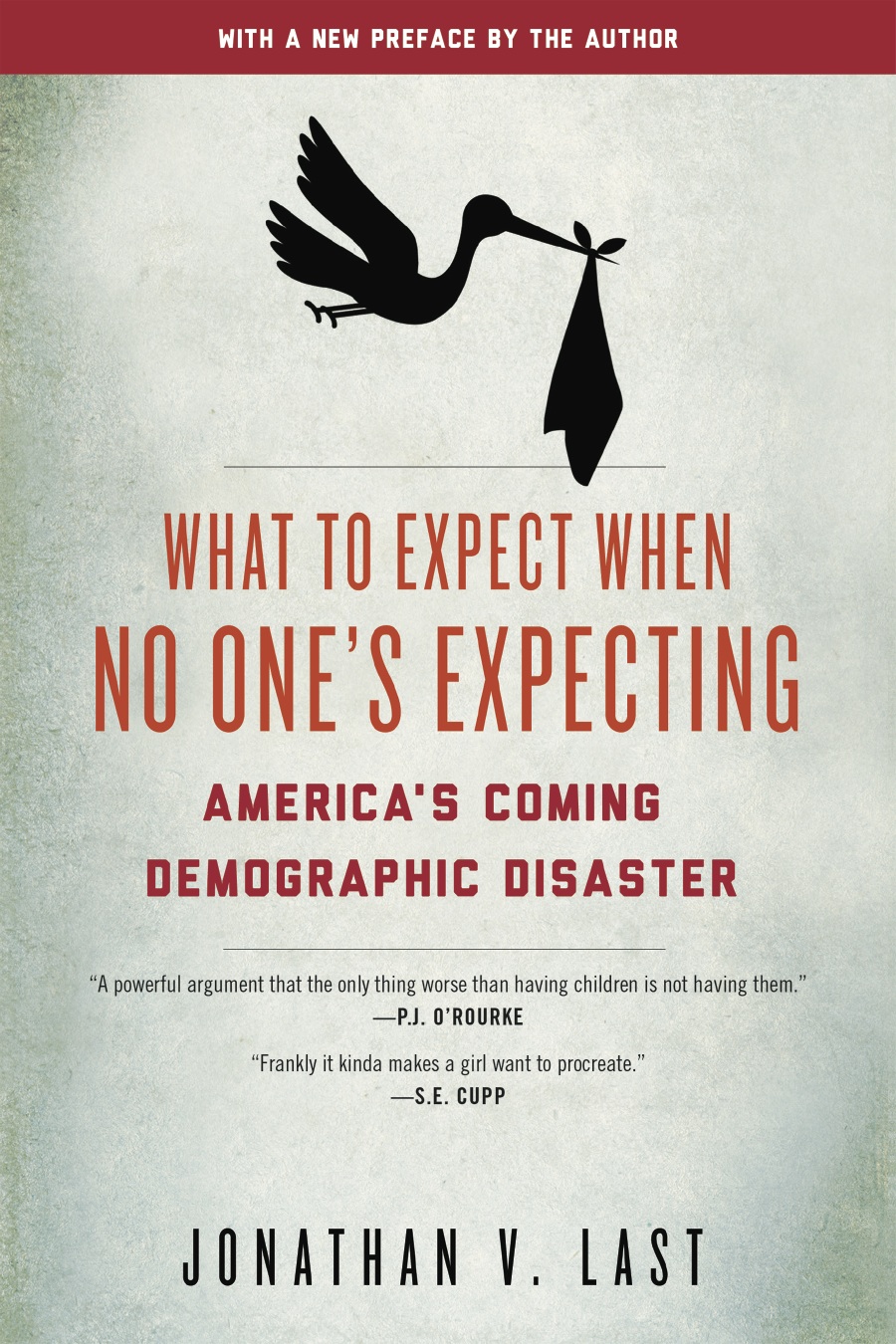April 4th, 2014
There’s a long piece in the Standard about HOT lanes. So if you’ve been jonesing for 4,000 words on economics and transportation engineering, do I have a story for you . . .
-
Jonathan, I loved this piece. Two years ago I moved from Phoenix to the Miami area, giving me a first-hand education in HOT lanes. My experience with the HOT lanes in Florida’s piece of the I-95 is every bit as negative as yours.
Re: your point about libertarians and progressives using this as a tool to punish (my word, not yours perhaps) the middle class who prefer the suburbs, I think this is an important point that explains a great deal about where we are as a country. I relocated to south Florida to work in downtown Miami. When I first made the move everyone I met professionally – regardless of ideology, religion, or ethnic background – told me the same thing: if you have kids and live in Miami-Dade you cannot send them to public school unless you live in one of the two most expensive neighborhoods. Otherwise, private school starting at $20k a year is the only responsible avenue.
Having two little ones about to start school I opted to live north in Broward, with a top rated public school within walking distance. In this light the anti-suburbs view is really distasteful: you proles must live in the city with terrible schools, high crime, high cost of living, etc. And if you get uppity and dare to move to the suburbs you’ll have to pay (either tolls or time sitting in traffic). It’s better for everyone if you just know your place.
The worst part? Paying for the HOT lanes during rush hour often doesn’t save you any time. I remember when I saw the sign flash $8.00 for the toll and decided to pay it because I wanted to be home for dinner, and then promptly sat in traffic for over an hour to go a mere 10 miles. I could have had the same result paying nothing.
-
Make that three errors in motorhead reasoning.







Michael D. Setty April 9, 2014 at 10:28 pm
Two major errors in your huge HOT lane screed.
First, there is considerable empirical evidence that people generally have fixed daily travel time budgets, which explains why new highway capacity in urban areas is quickly filled with people making longer auto trips (something many call the “Marchetti Constant.” A good short and cheap screed on this topic is located at http://www.amazon.com/Peak-Car-The-Future-Travel-ebook/dp/B00I8LM6TG, by someone with decades of research in transportation.
Second, per capita auto traffic has ceased to increase, and has actually backslid somewhat from its 2005 peak, as show here: http://www.theatlanticcities.com/commute/2013/07/yet-more-evidence-peak-car/6299/.
Third, in my view, the failure of the various HOT lane projects to meet their traffic projections is evidence that people don’t value driving nearly as much as people like Poole and Orski believe; for one thing, the more miles people drive, the marginal miles driven have much less value than say, the first 50% of miles driven, such as to and from work. This also seems to me to be a part of economic theory that libertarians and other auto-highway-sprawl enthusiasts ignore at their peril.